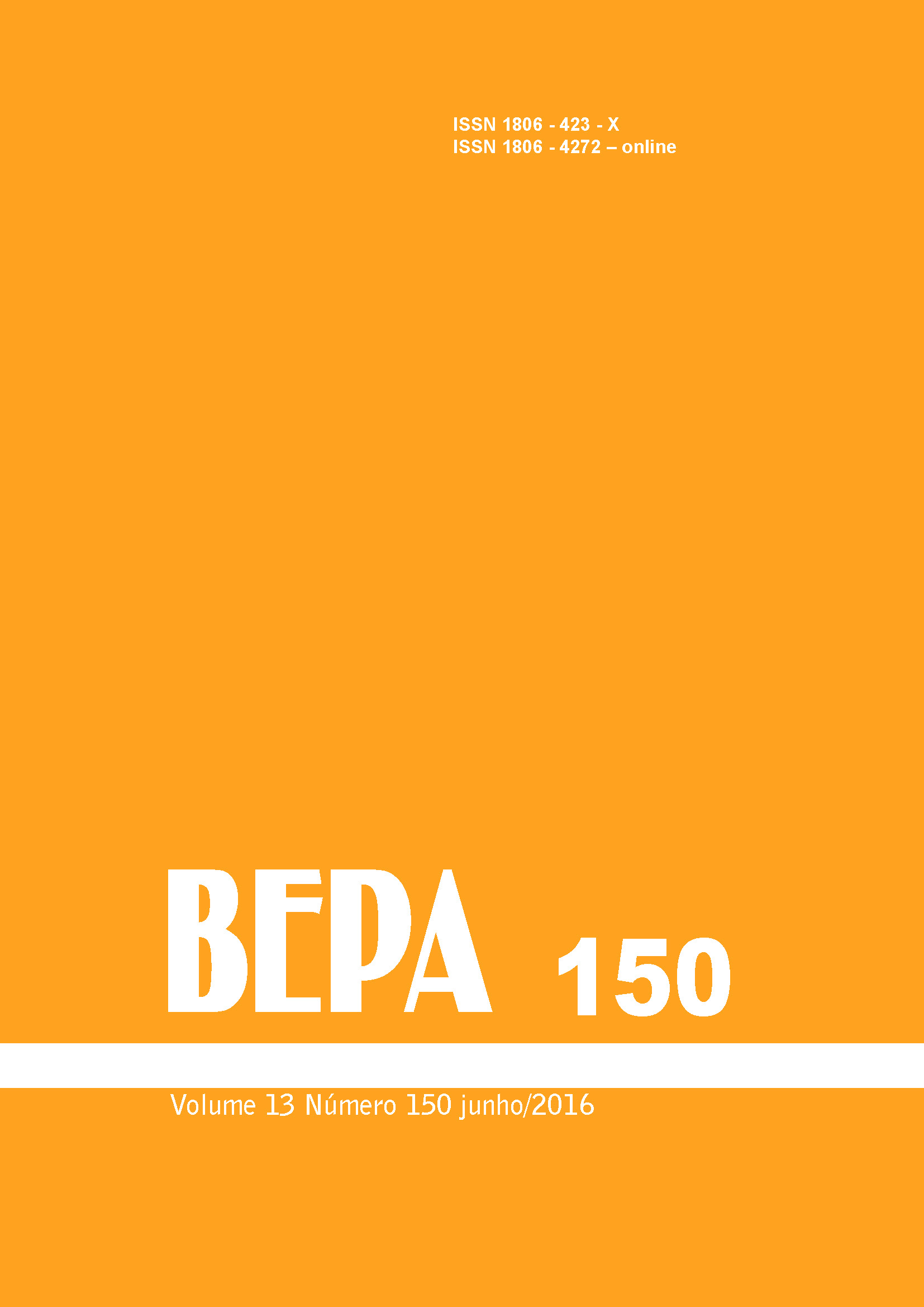Abstract
The definitive diagnosis of infectious processes as in paracoccidioidomycosis (PCM) derives from the demonstration and recognition of the etiologic agent in histological preparations, direct examination or culture. However, in some situations, the search for circulating antigens and specific antibodies in the serum of patients is of great importance in the indirect diagnosis of infection. Historically, the PCM, serology, and an important diagnostic aid, has the function of monitoring the course of disease during and after treatment through monitoring of titers of specific antibodies antifungal. The Manual of Surveillance Paracoccidioidomycosis from the State of São Paulo advocates for immunodiagnosis of patients with clinical suspicion of this pathology, the use of ELISA (Enzyme Linked Immunosorbent Assay) as screening. Despite this recommendation, this reality is not observed in laboratory practice, the commonly used technique is the double immunodiffusion in agarose gel (ID). The ELISA method has been used to detect antibodies in nearly all systemic mycoses, if not all. Regarding the immunodiagnosis of PCM, the ELISA technique also provides percentages of cross-reactivity, however, because it is a faster test, its use as a screening test is of great value. Accordingly, the aim of this work was to optimize and validate the methodology of indirect ELISA for use as a screening of sera with clinical suspicion for PCM. The protein antigen concentration for sensitization of the plates was 10.0 mg/well and the dilutions of serum and conjugate were 1:100 and 1:3,000, respectively. The antigen of choice was filtered culture isolate of P. brasiliensis B-339. 166 samples from the control group were used for the validation of the technique, they are 111 apparently healthy patients and 55 patients with PCM confirmed. To evaluate the performance of the technique, 205 samples of patients suspected to PCM were used. The results of the control group demonstrated 67% sensivity and 96% and specificity of 100% and 95% for ID and indirect ELISA, respectively. The comparison of the two techniques, and ID gold standard resulted in co-positivity 100% and co-negativity of 70%. The agreement between the techniques was rated as good, according to kappa index. The analysis of serum samples from patients with other lung diseases (aspergillosis, histoplasmosis and tuberculosis) showed a 50% cross-reactivity. The results show that the methodology of indirect ELISA, due to its high sensitivity, can be used as serological screening test; there by giving more speed in the release of reports of patients with absence of reactivity to P. brasiliensis.

This work is licensed under a Creative Commons Attribution 4.0 International License.
Copyright (c) 2016 Luciane Regina Franciscone Silva, Adriana Pardini Vicentini (orientadora)
